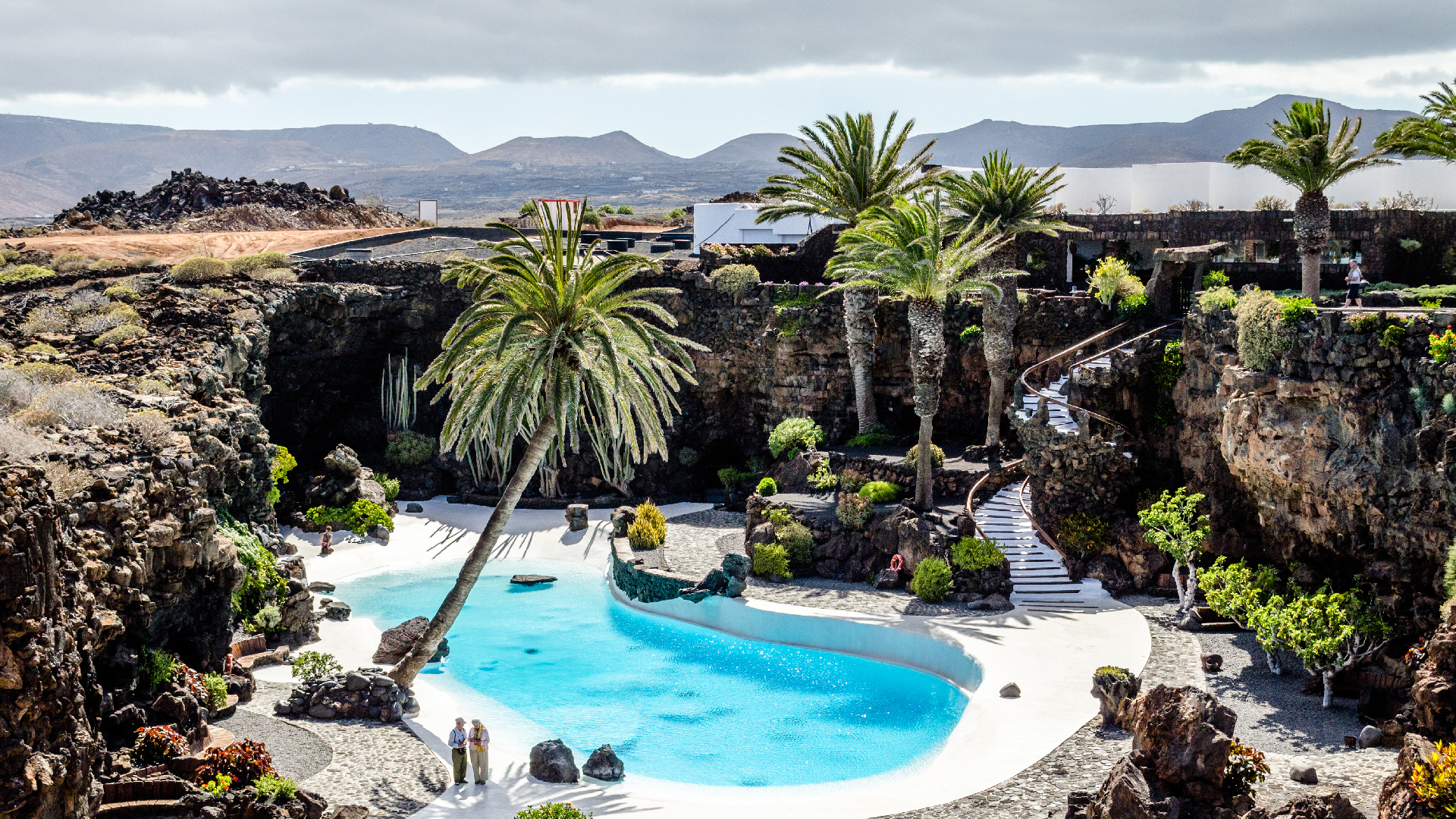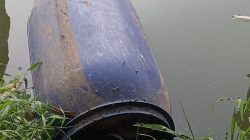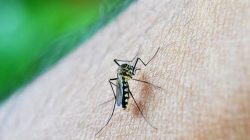A multi-faceted artist from the Canaries, César Manrique transformed the volcanic island of Lanzarote into a petri dish of aesthetic experimentation in the 1960s: from his troglodytic house in Tahíche to his spectacular installations in the coastal caves, he has established a unique signature, combining architecture, nature and an ecological stance.
César Manrique, a painter in love with his native land of Lanzarote
Born in Arrecife in 1919, Spanish painter César Manrique grew up in
Lanzarote
, the easternmost of the Canary Islands. At the time, this dry, inhospitable land, scarred by the volcanic eruptions of the 18
th
century, was still largely a farming community. From an early age, he developed a deep bond with his environment, especially the rocky landscapes and the natural landforms of his island. After studying at the Círculo de Bellas Artes in Madrid and spending several years in New York among avant-garde circles, he returned to his native land in 1966.
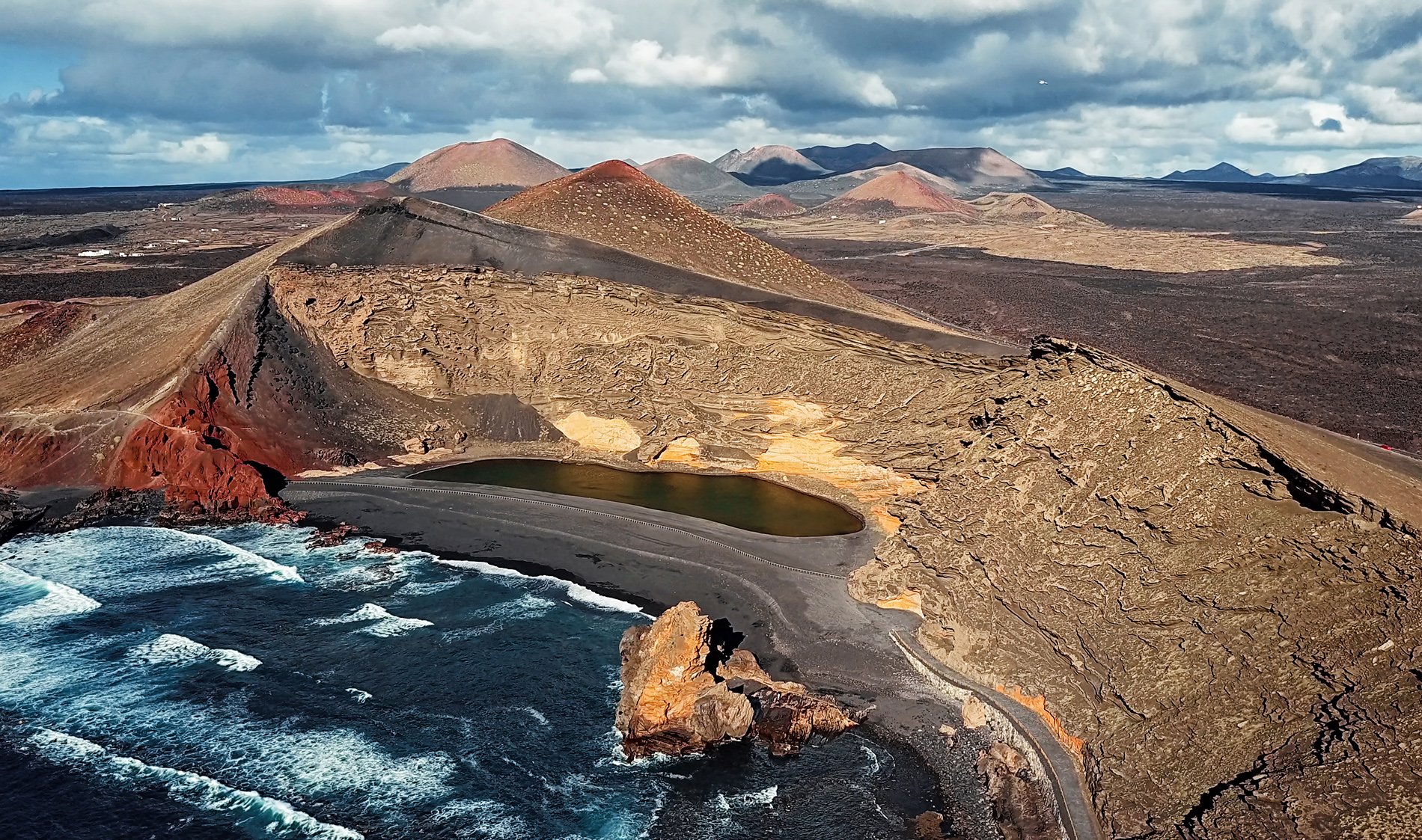
Interested in visiting the Canary Islands? Here are some articles to help you plan out your trip:
- Canaries: The most beautiful islands to visit in the archipelago
- In Tenerife, this hiking trail offers a breathtaking view of the ocean
- Lanzarote: 5 reasons to visit this volcanic island in the Canaries
At the time, Lanzarote was just beginning its economic development. A very arid island, it resembled its neighbour Fuerteventura, and had only just been connected to running water and the power network. Anxious to preserve Lanzarote’s unique character, César Manrique immediately got involved in its urban development: he campaigned for low-rise buildings in the traditional style, wanted to ban advertising hoardings and promoted the harmonious integration of buildings into the mineral landscape. Supported by the local authorities, he quickly became one of Lanzarote’s leading urban planning consultants. But this was only the beginning: over the years, Manrique created a series of cultural and tourist sites conceived as works of art and always in harmony with the island’s landscapes.
In Tahíche, a house carved out of lava
César Manrique’s first major project – the Casa del Volcán, located in the municipality of Tahíche, in the centre of Lanzarote – is also his most emblematic. Built between 1968 and 1970, this house, which the painter lived in until 1988, stands on an ancient flow of solidified lava. On the surface, the white building respects the traditional local aesthetic. But the real work takes place underground: five natural volcanic bubbles have been connected to form a network of troglodytic living rooms. Black stone floors, basalt walls, picture windows overlooking the rock, furniture integrated into the lodging and local plants give structure to all the spaces. Now open to the public, this house perfectly embodies the artist’s vision: a permanent exchange between architecture and geology, deeply rooted in the bowels of the island.
Fundación César Manrique
Carretera Arrecife – San Bartolomé
35507 Tahíche
www.fcmanrique.org
From the Jameos del Agua to the Mirador del Río, a blend of architecture and art
From the 1970s onwards, César Manrique designed and built several major tourist developments throughout Lanzarote. Each followed the same logic: to enhance a natural site with minimal intervention. The
Jameos del Agua
, installed in a volcanic tunnel, combines an underground lake, an auditorium carved out of the rock and a sculpture garden designed around a swimming pool. The Mirador del Río, at an altitude of 475 m on the cliffs of the Risco de Famara, blends into the rock and offers a breathtaking view of the Chinijo archipelago. In Guatiza, the Cactus Garden breathes new life in a former quarry and features more than 1,400 species arranged on circular terraces, cacti being one of the few plants able to grow on the island. All of these are designed to enhance or even extend an existing natural site, without ever altering it.
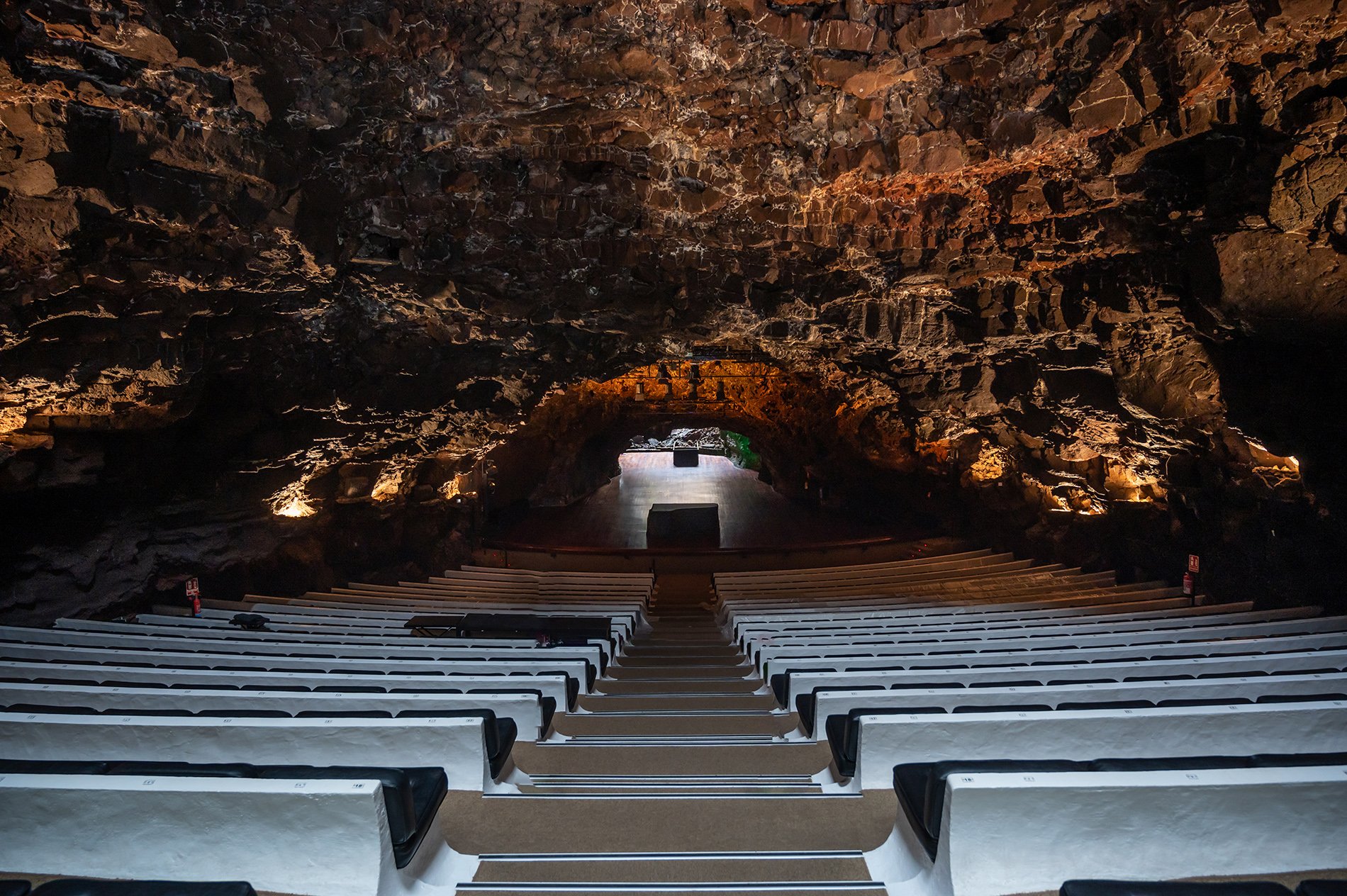
Jameos del Agua
Carretera de los Jameos
35542 Haría
https://cactlanzarote.com/centro/jameos-del-agua/
Jardín de Cactus
Avenida Garafía
35544 Guatiza
https://cactlanzarote.com/centro/jardin-de-cactus/
Haría, a last home all about painting and traditions
In the late 1980s, César Manrique left Tahíche to settle in Haría, in the greener north of Lanzarote. There he restored an abandoned traditional house and set up his artist’s studio. Whilst less spectacular, this location offers a more intimate window into the painter’s life and work: the Casa Museo de Haría lets you discover his creative space, his personal items and his works, left unfinished following his accidental death in 1992 on the roads of this island he loved so much.
Casa Museo César Manrique
Calle Elvira Sánchez, 22
35520 Haría
www.fcmanrique.org

